The Wieliczka Salt Mine, located near Krakow, Poland, is one of the oldest and most extraordinary underground sites in the world. A UNESCO World Heritage site, this mine has been continuously operational since the 13th century. Though its purpose was initially economic—providing vital salt to the Polish Kingdom—today, it serves as a fascinating historical, cultural, and therapeutic destination. With its intricate salt-carved chapels, expansive underground chambers, and therapeutic climate, the Wieliczka Salt Mine continues to awe and inspire visitors from around the world.
A Journey Below: The Fascinating Features of the Wieliczka Salt Mine
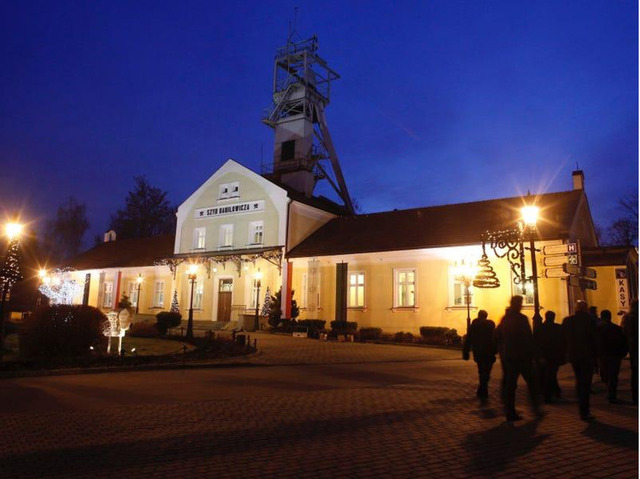
When visitors descend into the Wieliczka Salt Mine, they embark on a journey into a subterranean world of wonder. Located 330 feet below the surface, the mine’s chambers are a blend of human ingenuity and natural beauty. The mine spans nearly 450 feet deep and stretches over two miles, featuring vast caverns, intricate passageways, and multiple levels connected by stairs and elevators.
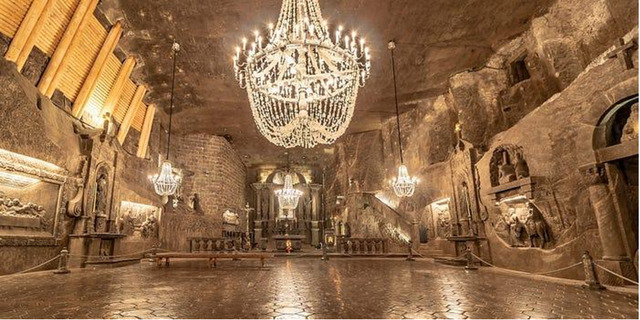
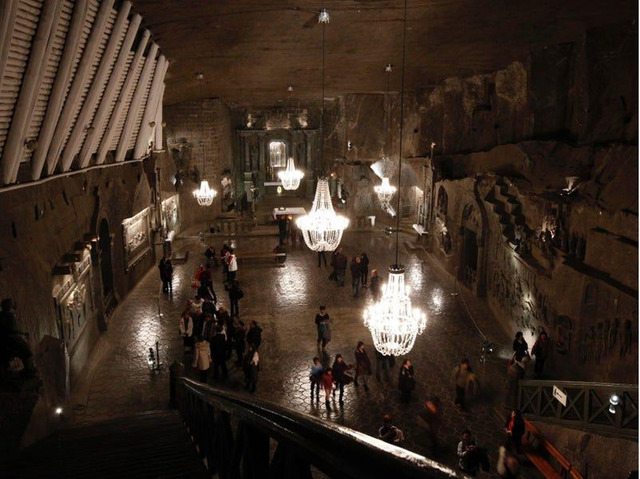
The most striking feature of the Wieliczka Salt Mine is its cavernous halls, many of which are illuminated by salt chandeliers that gleam with a magical glow. The mine’s environment, carved entirely out of salt, gives the space an ethereal quality. Visitors walk through narrow corridors, past vast underground lakes, and into larger chambers, where they can fully appreciate the artistry that has flourished beneath the surface for centuries.
Video
Watch the video “The Wieliczka Salt Mine: 10 Fascinating Things to Know” to uncover intriguing facts about this historic underground wonder.
The Marvels of Salt Carvings: St. Kinga’s Chapel and Other Salt Sculptures
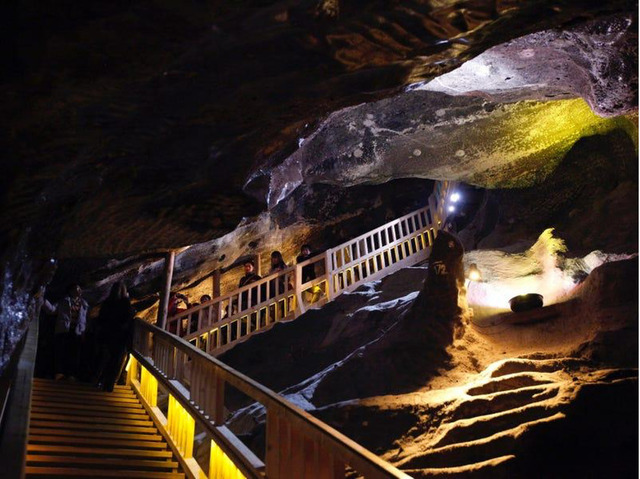
One of the most impressive features of the Wieliczka Salt Mine is the incredible artistry that can be found throughout. The St. Kinga’s Chapel, located at a depth of 330 feet, is one of the mine’s crowning achievements. This salt-carved chapel is a place of worship, but it also doubles as an artistic masterpiece. The walls, floor, and ceiling are entirely covered in intricate carvings that depict religious scenes and Polish saints. The chapel’s salt chandeliers, which shimmer with light, add to the overall sense of reverence and awe.
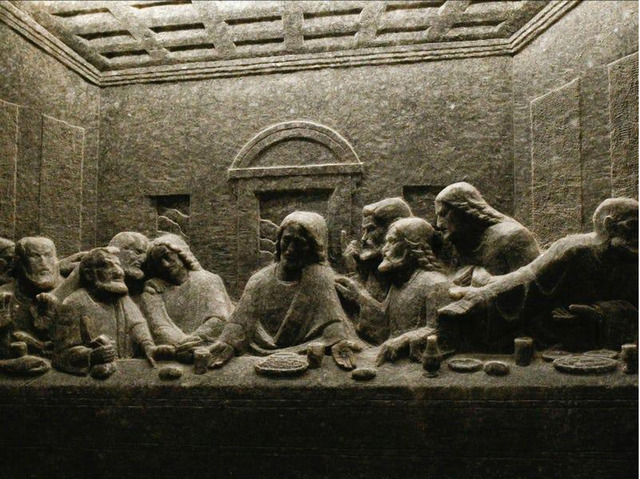
The chapel also houses one of the most famous salt carvings—a rendition of Leonardo da Vinci’s “Last Supper.” This impressive salt sculpture is both a tribute to one of the most iconic paintings in art history and a testament to the skill of the miners, who doubled as artists in their spare time.
The Legend of St. Kinga: How a Wedding Ring Created a Salt Mine

The story of St. Kinga, the patron saint of miners, is deeply intertwined with the history of the Wieliczka Salt Mine. According to legend, St. Kinga was a Hungarian princess who married Duke Bolesław of Poland. Instead of requesting a traditional dowry of gold or jewels, Kinga asked for a gift of salt from her father. To demonstrate the difficulty of fulfilling her request, he took her to a Hungarian salt mine. There, Kinga dropped her engagement ring into the mine, symbolizing her desire for a salt mine of her own.
When she arrived in Poland, Kinga’s men began digging, and miraculously, they discovered a massive salt deposit. To inform her of the discovery, one of the miners presented Kinga with a lump of rock salt. When she broke it open, her engagement ring was inside, confirming that she had, indeed, brought a salt mine to Poland with her ring. This incredible legend is preserved in salt carvings within the mine, with scenes from her life and the discovery of the mine carved into the walls, making it a truly unique destination for visitors seeking a blend of history and mythology.
A Place for Healing: The Mine’s Health Benefits and COVID-19 Recovery Program
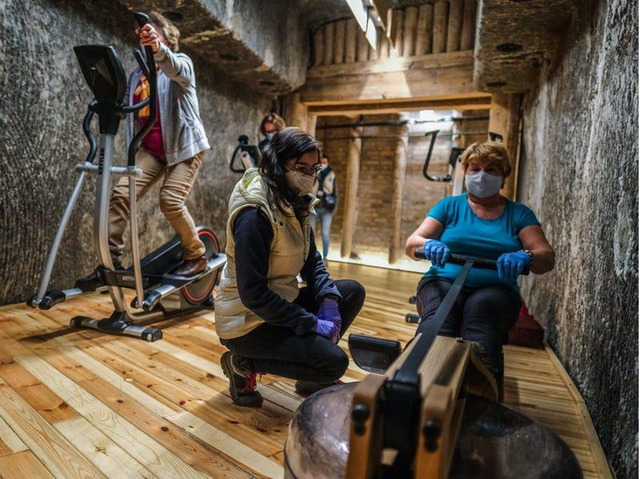
Beyond its historical and artistic significance, the Wieliczka Salt Mine has long been recognized for its health benefits. The mine’s unique microclimate, characterized by a constant temperature of around 62°F and high humidity levels, has been found to have therapeutic properties for those suffering from respiratory illnesses.
For decades, the mine has hosted a spa dedicated to people with pulmonary and respiratory issues. The mine’s air is free from pollutants, allergens, and bacteria, and is said to have a purifying effect on the lungs. This natural environment has made it an ideal place for respiratory recovery, even being used as part of a rehabilitation program for people recovering from COVID-19. Special therapy courses have been designed to help patients regain lung capacity and improve overall health in the salt-rich atmosphere.
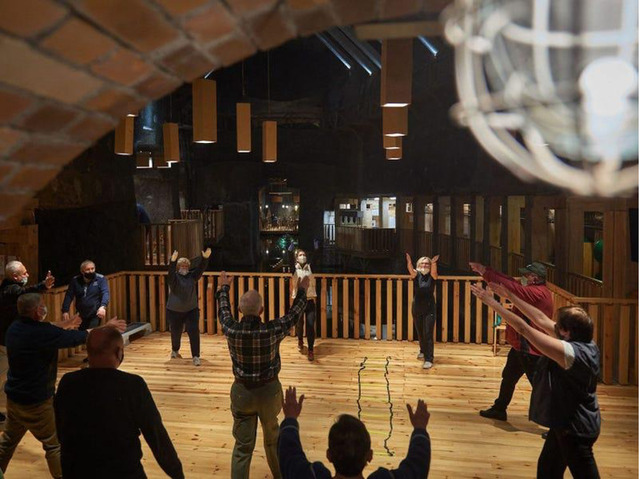
Exploring the Unique Ecosystem: Underground Lakes and Mining History
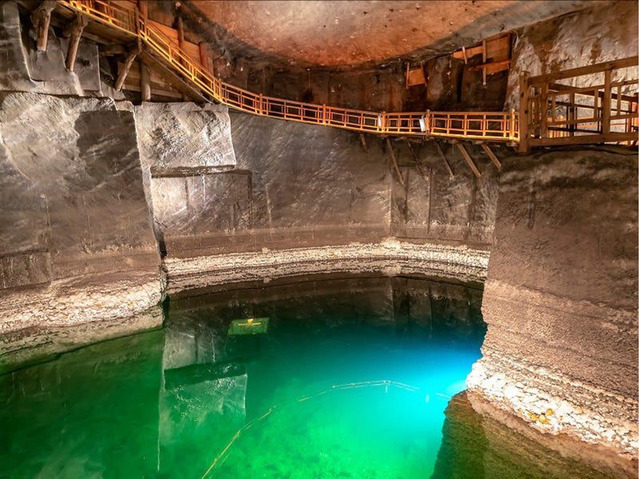
One of the most awe-inspiring sights in the Wieliczka Salt Mine is its underground lakes. These saline lakes, formed by the interaction of salt with water over centuries, offer a serene and somewhat mysterious atmosphere. The beauty of these lakes, with their still waters and natural surroundings, makes them a popular spot for marriage proposals and quiet contemplation.
However, the mine is not without its challenges. In 1993, a major flood occurred in the lower levels of the mine, with water gushing in at an alarming rate. The flood caused significant damage but was eventually controlled. The mine’s management has since implemented measures to prevent future flooding, ensuring the safety of the mine’s visitors and workers. Despite the challenges, these underground lakes continue to be a striking feature of the Wieliczka Salt Mine.
Wieliczka’s Cultural Legacy: Sculptures, Events, and Global Recognition
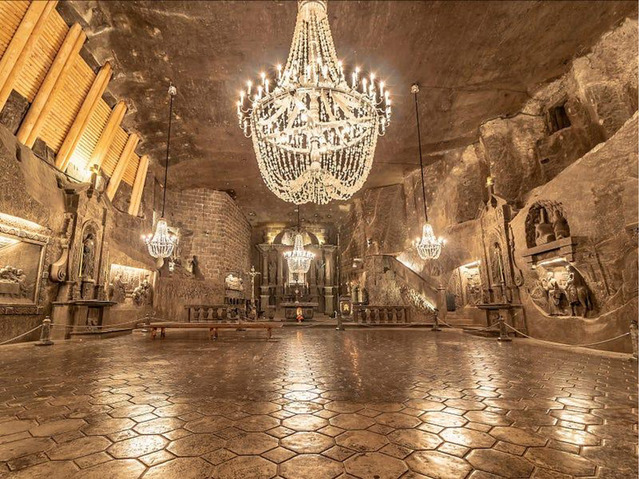
The Wieliczka Salt Mine has become not only a place of historical and artistic importance but also a cultural landmark that attracts a variety of visitors. Over the years, the mine has hosted a number of prominent guests, including politicians, royalty, and dignitaries. The mine has also played host to several important political summits, with Polish Prime Minister Donald Tusk famously welcoming leaders from neighboring countries in the mine’s underground chambers.
In addition to its political and cultural significance, the mine continues to foster artistic endeavors. Contemporary sculptors are regularly commissioned to create salt sculptures, such as those made for the Italian national soccer team during the Euro 2012 championships. These sculptures, including soccer boots and balls made entirely of salt, showcase the continued tradition of artistry within the mine.
Explore More of the Wieliczka Salt Mine: Visual Discovery
If you’re fascinated by the wonders of the Wieliczka Salt Mine, dive deeper into its history and beauty through the images below. Each photo offers a glimpse into the stunning underground world, from the intricate salt-carved chapels to the breathtaking underground lakes.
Take a closer look and discover more about this UNESCO World Heritage site as you explore the captivating visuals of the Wieliczka Salt Mine.
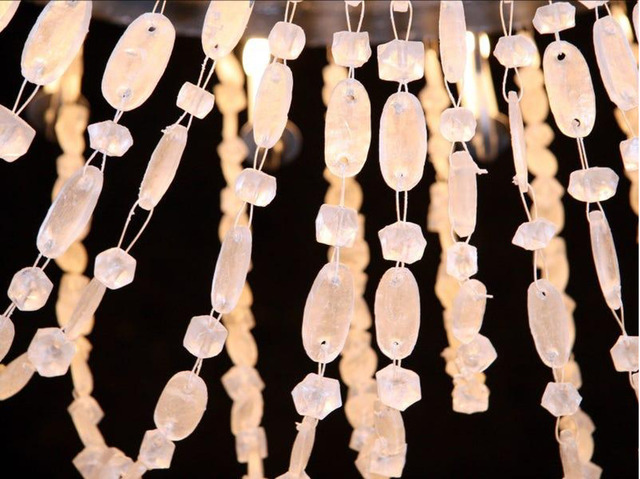
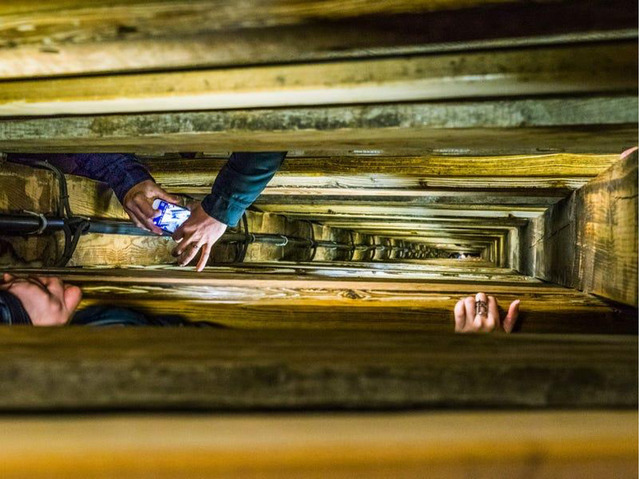

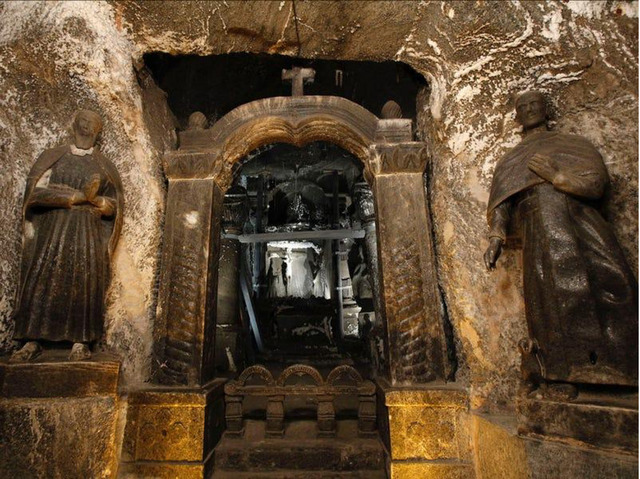
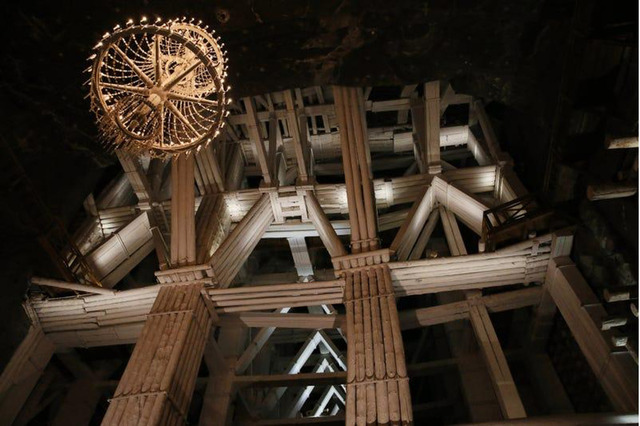
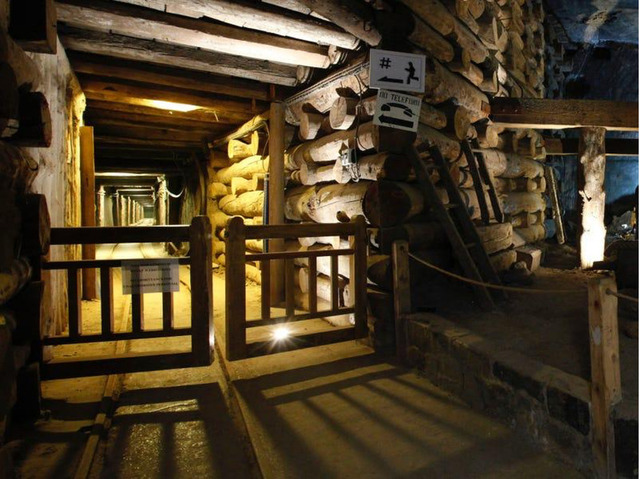
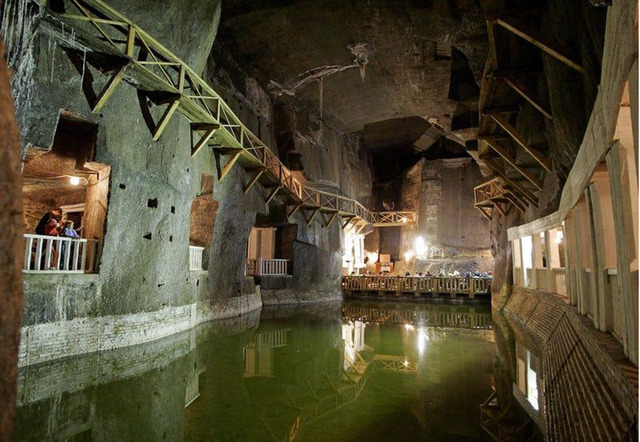
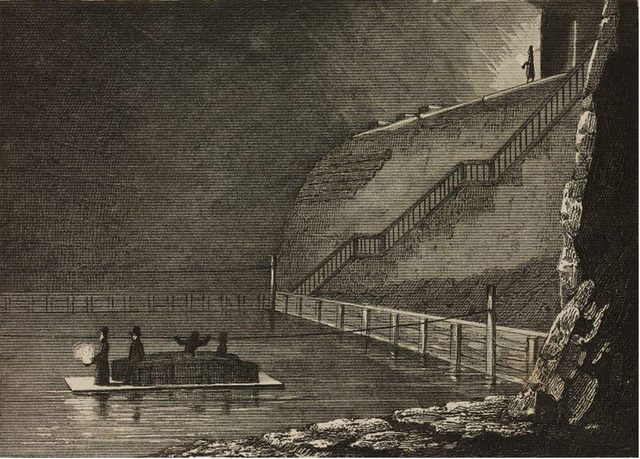

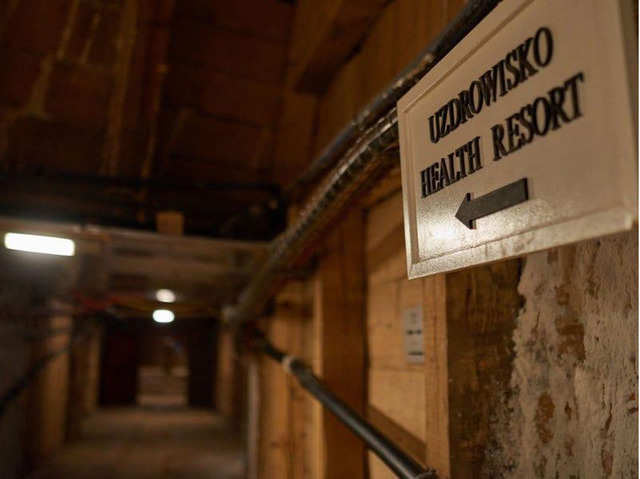
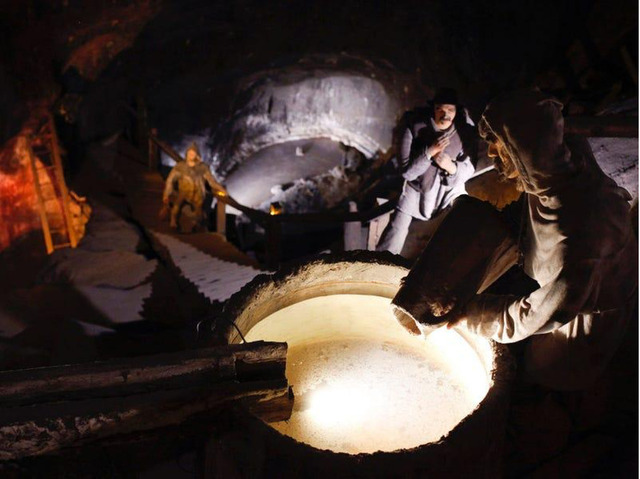
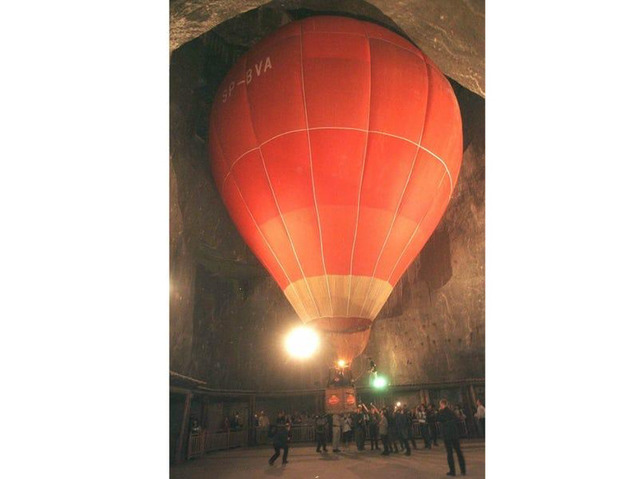
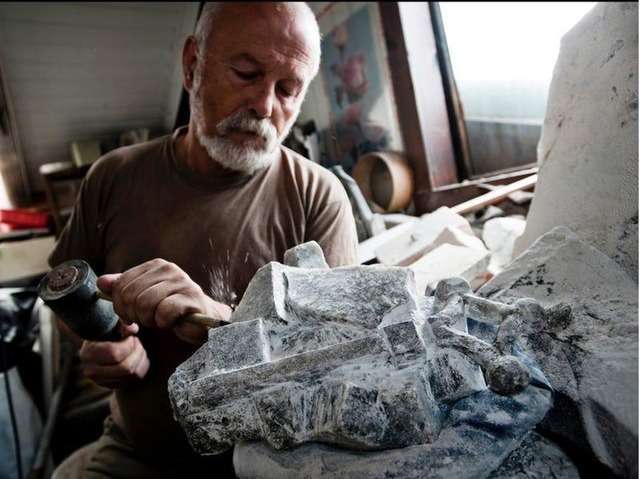
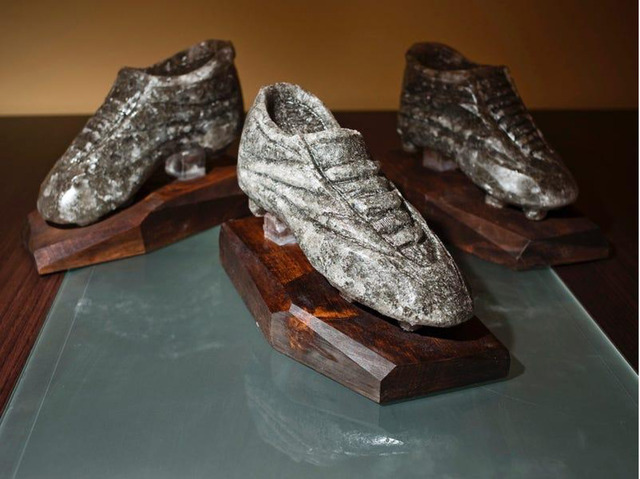
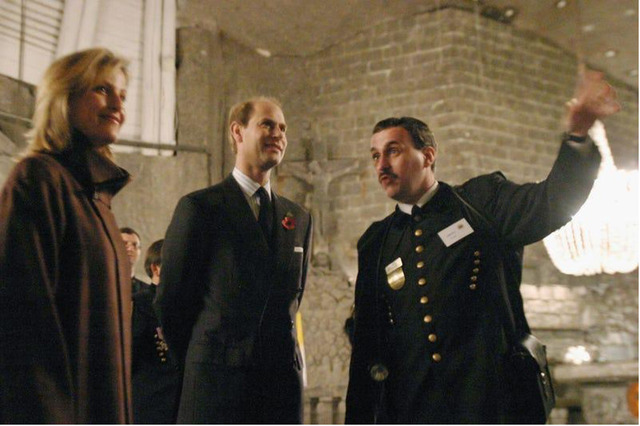
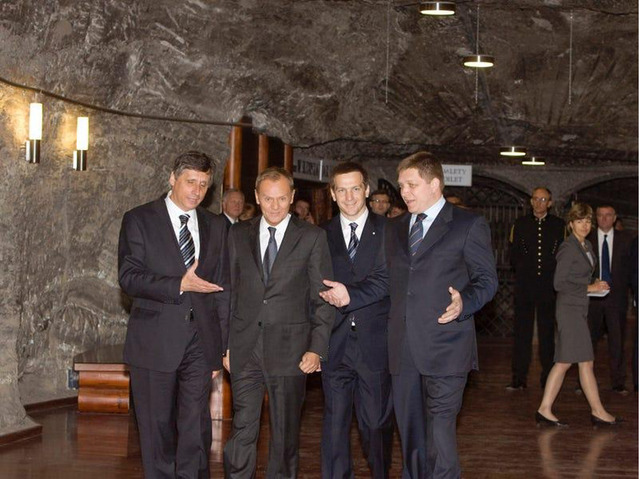
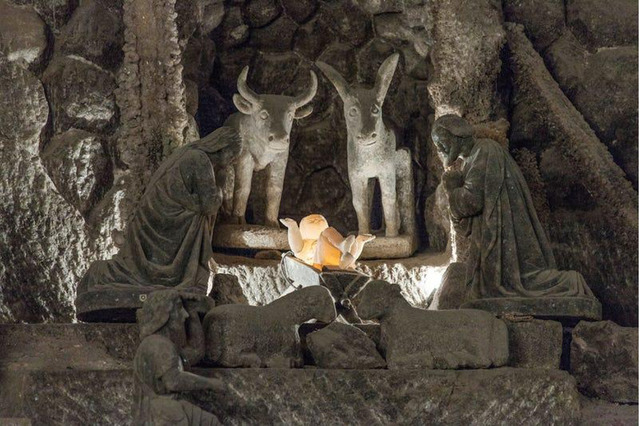
Video
Watch the video “Wieliczka Salt Mine” to discover the history and wonders of one of the most famous salt mines in the world.
Conclusion: Wieliczka’s Enduring Mystique and Importance
The Wieliczka Salt Mine stands as a remarkable testament to the human spirit’s ability to transform a resource into both a functional and cultural landmark. From its early days as an economic necessity to its modern-day status as a tourist destination, the mine has continuously evolved, offering visitors an unparalleled glimpse into history, art, and health.
Whether exploring its salt-carved chapels, learning about the miraculous legend of St. Kinga, or simply breathing in the purifying air of its underground chambers, a visit to the Wieliczka Salt Mine is a truly unforgettable experience. It is a place where history, art, culture, and health converge, creating a timeless wonder that continues to inspire and heal visitors from all walks of life.



